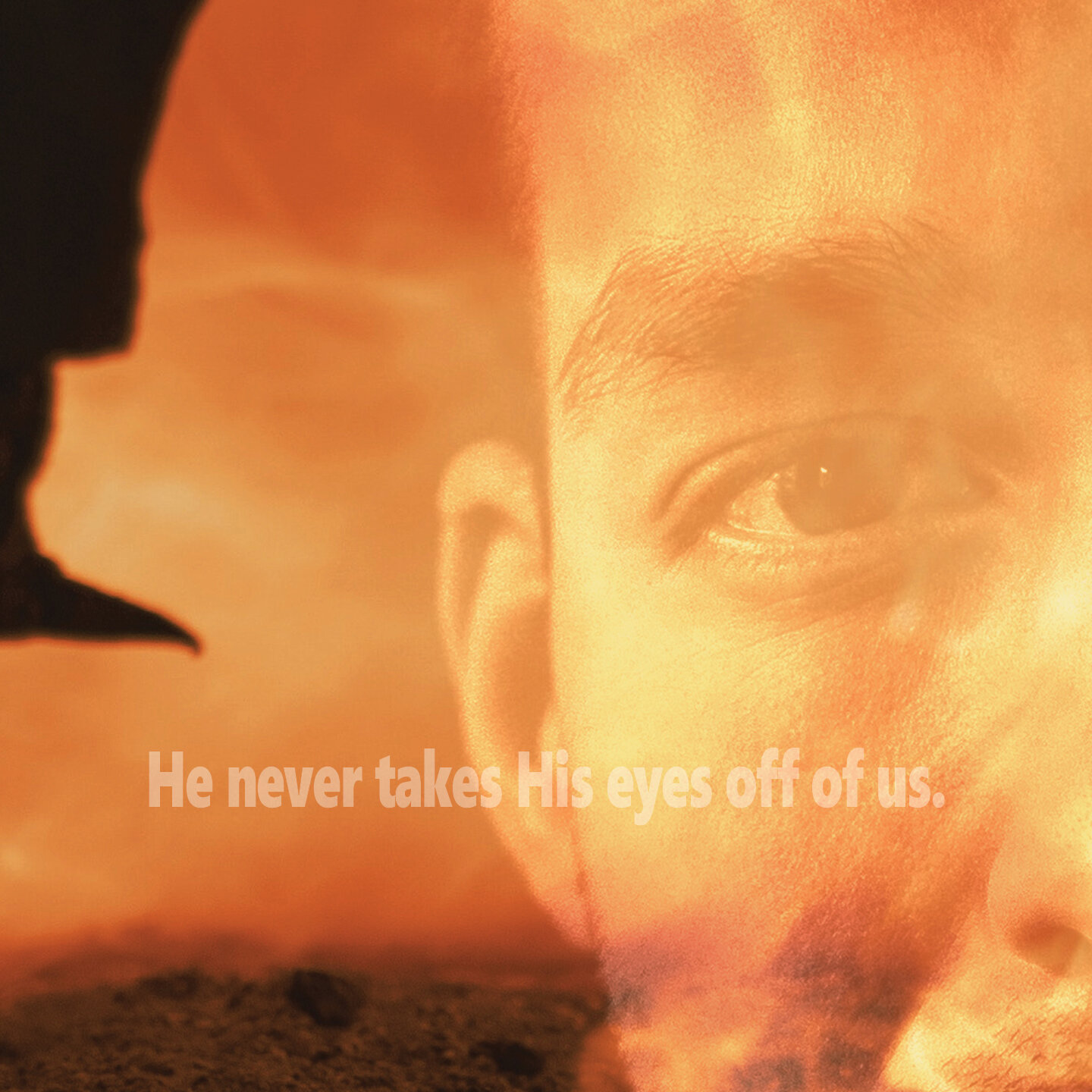Is Jesus’s Return Detectable?
Jesus made it clear that no man knows the day or the hour of his second coming, not the angels in heaven nor the Son, but only the Father in heaven (see Matthew 24:36, Mark 13:32, NKJV). But then Jesus told us to watch and pray, so the question I have is, watch what?
There are many signs of Jesus’s coming recorded in Scripture that do not identify the day or the hour, but they do identify the season. Jesus gave us a list of events that preceded his coming and then said, when you see these things come to pass, you need to look up and lift up your heads, because your redemption draws nigh (see Luke 21:28). This is also why Paul could write in his first letter to the Thessalonian church, “But ye brethren are not in darkness, that that day should overtake us as a thief” (5:4).
There are a lot of hard-core disagreements in today’s church about the season for Jesus’s coming. Some say it could happen any day now, some say in the middle of the great tribulation, and some say after the great tribulation. Why are there so many differences of opinion in well-meaning saints?
Our disagreements on these important matters remind me of “The Six Blind Men and the Elephant” in which the six gave true testimony about how each saw the elephant. In this poem based on an Indian parable, John Godfrey Saxe retells their experiences and interpretations of what an elephant is like. Each man had a different view, because each man had only touched one part of the elephant, never perceiving the whole beast. Here is a recollection of their views:
Each of them approaches the elephant one by one Now, brethren, concerning the coming of our Lord Jesus Christ and our gathering together to Him…let no one deceive you by any means; for that Day will not come unless the falling away comes first, and the man of sin is revealed, the son of perdition (2 Thessalonians 2:1, 3, NKJV).
The first man touches the elephant’s side and finds him very much like a wall
The second touches the elephant’s tusk and finds him very much like a spear
The third touches his trunk and thinks he is like a snake
The fourth touches his leg and thinks he is like a tree
The fifth touches his ear and thinks he is like a fan
The sixth touches his tail and thinks he is like a rope
This ancient fable is still used today as a warning for people who unknowingly paint incomplete pictures that result in confusion, each claiming that his or her version is the correct one. I think we are all guilty of this mistake from time to time, but this does not make us bad people. Paul told Timothy to work hard at rightly dividing God’s word of truth, and this we should do, because even honest mistakes are mistakes.
Pastor Archie Smith, who had served as a pastor and tutor for seventy-five years of his life, taught me the importance of letting the clear explain the unclear. Therefore, since there are many passages about Jesus’s second coming that leave us unclear about the Father’s appointed hour, we should consider using Paul’s very clear directive to determine the right season.
In his second letter to the Thessalonian church, chapter 2, verses 1–4, Paul listed the correct order of events concerning the Lord’s coming and did so for a very good reason. It was because there was confusion in his day too. Some of the Thessalonians were troubled that Paul had taught or written a letter saying the day of the Lord was at hand (see 2 Thessalonians 2:2), but he told them that wasn’t true. Just like contemporary Christianity, most of their confusion was the result of conflicting teachings.
In his second letter to the Thessalonians, Paul told us that two things must occur before the coming of the Lord and our gathering unto him. He said Christ will not return to gather his saints until after there’s been a great falling away and the man of sin is revealed in the temple—the son of perdition—who most of us know as the antichrist. Therefore, everything concerning Jesus’s second coming must align with this passage or else we must reject it as uninspired by the Holy Spirit. If, however, we are willing to accept Paul’s corrective instructions as God’s inspired word, we should shelve our traditional beliefs and return to the elephant for a better look at the whole beast.
The Harvest” was written for this purpose. Among many things, it addresses the two events that must occur before the Lord returns to gather his saints. Again, no man knows the day or the hour, not even Jesus the Son, but many of the events that precede his coming are clearly identified in Scripture. For example, Jesus said “This gospel of the kingdom shall be preached in all the world for a witness unto all nations; and then shall the end come” (Matthew 24:14, KJV, italics added). It appears the gospel has now been preached to all nations, so we should be diligent to watch.
THE HARVEST gives a clear perspective of the fruit God is cultivating, the seed sown to bring forth the fruit, and the events that will prepare the earth for the final harvesting of the seed (wheat).
I couldn’t read fast enough—I read toward the front, then to the back, skipping all around trying to catch up on fifty-five years of being confused.
— Tom Buttram, Gospel Tract Society
About the Author
Johnny L. Dudley was born in Louisville, Kentucky, raised in Florida, and served in the Marine Corps as a machine gunner in Vietnam. He is the father of three sons and is presently engaged as a real estate developer.












